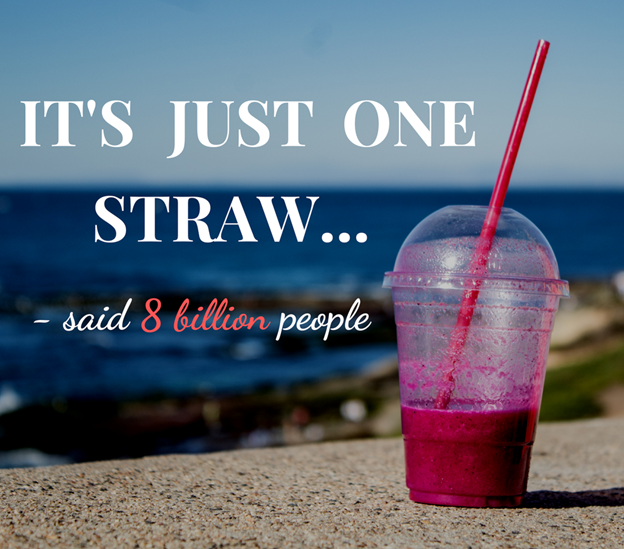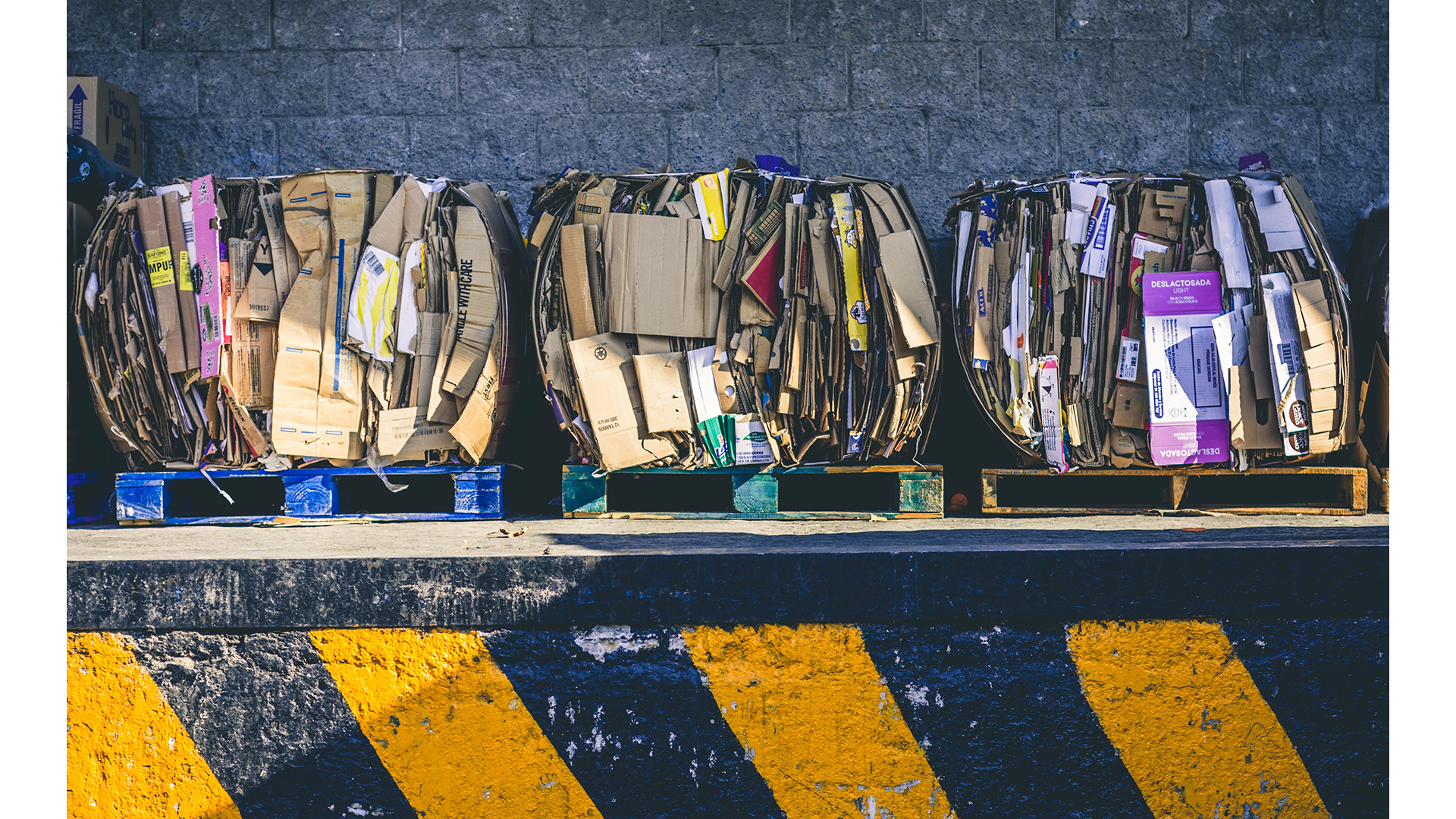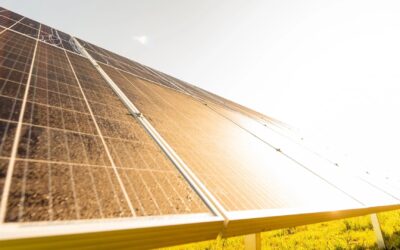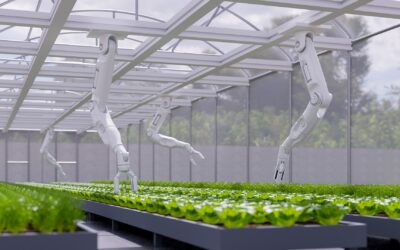What’s the Mobius Loop and Why Does it Give You a False Sense of Awesomeness?
Did you start reading this article because you have exactly zero idea what the Mobius Loop is?
Shame on you! Just kidding! (kinda) Almost no one knows what it is by name and what the numbers inside it mean, but that’s why I’m here. I’m gonna give you the low down on what the mobius loop is, why it’s important and why it gives people such a false sense of awesomeness.
The mobius loop is the recycling symbol we see on products everywhere. See, that wasn’t that hard – You already knew what it was and now you know the snazzy name behind it!
.jpg)
A Little Mobius Loop History
As environmental concerns started to grow, so did the idea that there needed to be an international standardized symbol for something so important. In 1970, leading up to the first ever Earth Day, a contest was set up to help find such a symbol and a university student named Gary Anderson won. Since then, this little triangle became the internationally recognized symbol for people’s intent to recycle and make the world a better place.
Is the Loop a 100% Recycling Guarantee?
No. I feel like I’m always the bearer of bad news, but seeing the mobius loop on something doesn’t mean it will be recycled. Sadly, this is a huge assumption and leads tons of waste to the recycling center every day, when it really belongs in the trash.
Even if an item can be recycled, it may not be recyclable in all places. Always, always, ALWAYS check with your local recycling center for clarification. The rules are different EVERYWHERE!!! Even I, the (self-proclaimed) Queen of Sustainability screw up and sometimes badly. For example, the compost bin color in the city I was visiting was the same as many recycling bins here in Michigan and I got caught red handed throwing a recyclable item in the compost bin. Of course, I picked it out and put it in the right bin, but the local that caught me wasn’t impressed.
Many recycling facilities are only able to take certain products and if you put stuff in there that can’t be recycled, you are just making more work for someone to throw out your trash or something even worse – contaminating otherwise recyclable materials! If materials get contaminated, a whole bail may end up in the landfill, so pay attention to what you recycle and where. It goes way beyond bin color and wishful thinking!
What’s the Number Mean?
Now that you know the name of the mobius loop and will no doubt become a trivia night champion with that knowledge, let’s take things a little further. If you look a little closer inside the mobius loop, you’ll often see a number. That number indicates the main type of plastic used to make the final product.
Here’s the breakdown:
#1 – This number stands for polyethylene terephthalate. (So glad they use numbers. Can you imagine the fine print they’d have to use to write “polyethylene terephthalate” inside the mobius loop!) Anyway, #1 plastics are seen most often in drink bottles, because the material can be made to be really crisp and clear. Fun fact – plastic #1 has the highest recycling rate of all plastics, but more on that in a future post. When this material is recycled, it can be turned into polyester fabrics for clothing.
#2 – #2 stands for high-density polyethylene, often called HDPE. It’s used for applications that need more impact strength, like milk jugs or shampoo bottles because you don’t want them to crack if they are dropped and spill all over.
#3- Polyvinyl Chloride, or PVC as it’s generally known, is plastic #3. You probably know PVC best as pipes.
#4 is Low-Density polyethylene, also known as LDPE. You now these best as plastic grocery bags. You should NEVER put plastic bags in your recycling bin by the way. They get caught up in the recycling equipment. Drop them off at store locations instead.
#5 stands for polypropylene. It’s one of the most commonly used plastics and you can find it in car parts, tableware, bottle caps and so much more. Sad fact about polypropylene – Even though it’s one of the most widely used plastics, it has one of the lowest recycling rates.
#6 – Polystyrene, better known as PS, is #6. Instead of PS, I like to call it BS because it’s my least favorite form of traditional plastic. PS is usually used to make items that are very light, like take away food boxes and cups. If they aren’t disposed of properly, they end up blowing around as litter, breaking up into much smaller pieces that animals mistake as food. PS has been with us since the 1920s, but STILL we do not have a system in place to recycle it very efficiently.
#7 – Last is plastic #7. If you are expecting this list to end with just one more fancy science word type of plastic, sadly things are not that easy. Over 95,000 different types of plastic are sold in the United States and #7 is basically just a jumbled-up category of whatever is left over from #1-6. As you can imagine, this doesn’t make for useful recycling and no wonder why the global plastic recycling rate is a pathetic 9%.
That False Sense of Awesomeness
When we throw something in the recycling bin, this feeling comes over us like we’ve done something big and that it’s good. We assume whatever we toss in the recycle bin is 100% going to get turned back into something new and great and we are helping the world become a better place. When I was a kid, I honestly thought recycling was magic. But, this isn’t true and because of this notion, we have a false sense of awesomeness.
So what can we do? Start with some very, very small changes. Stop drinking from one time use straws, don’t use plastic shopping bags and bring your own reusable containers with you, if you are going to take home leftovers. I saw the best internet meme ever once. It said “‘It’s just one straw. It doesn’t make a difference,’ said 7 billion people.” Be actually awesome and make those small changes and create less plastic waste. The recycling system is broken. The answer to the plastics crisis is actually using less plastic.

Kylee Guenther is the CEO of Pivot Materials (Pivot) and Co-Founder of Loopy Products (Loopy). Kylee is an entrepreneur, international keynote speaker and second generation in her family to work in the plastics industry. She grew up on the plastics manufacturing shop floor and is passionate about finding environmentally friendlier solutions to everyday issues involving sustainability. Kylee was a University Fellow at Eastern Michigan University, where she studied Management. She lives in Michigan with her amazing husband and enjoys learning foreign languages, traveling and margaritas. Pivot Materials (Pivot) provides sustainable alternatives to traditional plastic by incorporating plant waste for the automotive, packaging and consumer product industries. These materials are light-weight, sustainable, cost competitive and do not require changes in the current manufacturing setup or special tooling. Loopy Products is an eco-friendly home and housewares brand focused on finding sustainable solutions for hard or impossible to recycle products. Pivot and Loopy Products are proud to be millennial-woman owned Detroit based social impact businesses that provide smarter, sustainable products.




